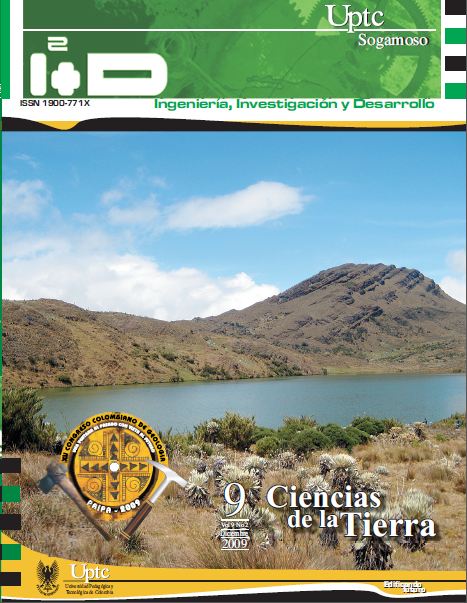The tunnel of Dosquebradas

Abstract
To achieve the vial solution of the highway located between Dosquebradas and Santa Rosa de Cabal, in Risaralda state region of Colombia, was necessary to build a tunnel 134 m length, that is part of an helicoidally way solution, allowing between both structures maintain the permissible road grade of 7,0%. Tunnel was bored across green graphitic schists of Arquia Complex. All the road, included tunnel, is developed in curve with a 99,5 m radius, 5,63 m free height and a 10,0 m road wide, included over-wide and berms. Tunnel direction is approximately N-S and schists are oriented 35° in average toward NE and an slope of 40° toward SE. Analysis methodology used for design and construction consisted in performing tridimensional analysis using finite elements, carry out a pre-dimensional analysis for conventional methods, geological and geotechnical evaluation, an use of a sole shotcrete liner reinforced with metallic and polymeric fiber imbibing support lattice steel bar welded arches.
Keywords
tunnel, schists, covering, concrete, lattice
References
- NARANJO, JL. (2005): Modelo de evolución morfotectónica del sistema de fallas de Romeral entre el rio Otún (Risaralda) y Filadelfía (Caldas), Cuadernos de Investigación. No. 12, Universidad de Caldas, p. 133p.
- SUÁREZ, J. (1998): Deslizamientos y estabilidad de taludes en zonas tropicales. Instituto de investigaciones sobre erosión y deslizamientos. Publicaciones UIS, p. 548, Bucaramanga.